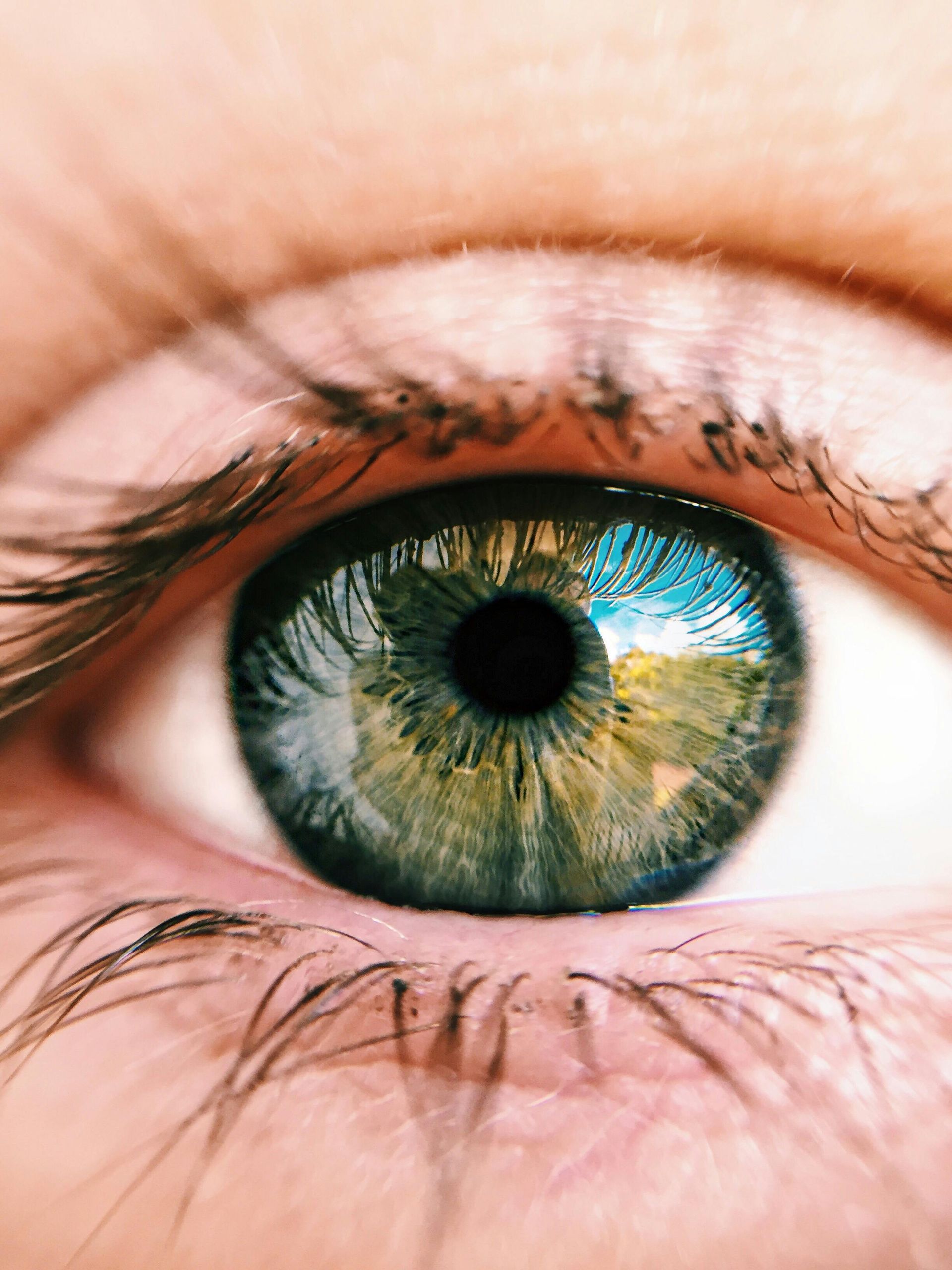Supporting Neurodiverse Leaders to Thrive
Barbra Carlisle • May 16, 2025
So you're Neurodiverse and Leading - read on to find out how to support yourself

Today there is, on the face of it at least, greater acceptance of diversity and inclusion in the workplace. Perhaps I sound slightly sceptical because I am.
What happens for leaders who are neurodiverse? Are they increasingly recognized for their unique strengths and perspectives? When we think of neurodiverse leaders we may think Richard Branson and Elon Musk, and as soon as we say their names our unconscious biases will be kicking in around what we think of these two and what it would be like to work for them.
Estimates suggest that up to 20% of the global population are neurodiverse. Neurodiversity covers such a wide range of conditions such as ADHD, autism, dyslexia, and more, which affect how individuals process information and interact with the world. This makes assuming you know what it would be like working for a neurodiverse leader virtually impossible. It also means that if you work with one neurodiverse leader then another one they are unlikely to be the same! Just like neurotypical leaders!
Leah Godfrey, COO at Neurodiverse Sport
and a Neurodiverse leader herself talked to me on The Unlikely Executive Podcast
about how her neurodiversity traits influence how she manages her work, her health and her leadership.
What I want to do in this article is to explore the advantages neurodiverse leaders bring to the table and provide ideas for navigating the leadership landscape. I will leave it to others to talk about the challenges of neurodiverse leaders.
The Strengths of Neurodiverse Leaders
Neurodiverse people often have natural skills that can be leveraged in leadership roles. Three I can think of are:
1. Problem-Solving and Creativity:
Neurodiverse leaders tend to excel in pattern recognition and creative thinking, allowing them to approach problems from unique angles
2. Resilience:
Having navigated a neurotypical world, neurodiverse leaders often develop resilience and adaptability
3. Laser Focus:
Conditions like ADHD can enable leaders to maintain intense focus on tasks, driving productivity and innovation
Strategies for Neurodiverse Leaders
While every leader is unique a couple of ways to manage and excel as a neurodiverse leader are shown below.
1. Embrace Your Strengths:
Recognize and leverage your unique abilities. For example, use your creative problem-solving skills to tackle complex challenges.
2. Build a Supportive Network:
Surround yourself with colleagues and mentors who understand and support your neurodiversity, a coach can help and there are more and more Neurodiverse specialist coaches now than ever before.
3. Develop Coping Mechanisms:
Implement strategies to manage potential challenges, such as using organizational tools to stay on track
4. Be kind to yourself:
You are unique and have valuable insights, experiences and perspectives to share with others. It won’t always be easy and there will be back lash, misunderstandings and frustrations. Recognise what your triggers are. Awareness of triggers then gives you the option of what you want to do to support yourself. It is not wrong to look after yourself first.
Supporting Neurodiverse Leaders
Organizations can play a crucial role in supporting neurodiverse leaders:
1. Awareness and openness:
Provide opportunities to talk about neurodiversity, respect and culture helps people to feel they have a place at the table. As a neurodiverse leader the power you have to positively influence others around you is significant! Be yourself.
2. Flexible Work Arrangements:
Know what working pattern works for you and be that role model who works in a way that suits you. Others will follow and productivity will increase as people are able to work at their best without judgement.
3. Mentoring and Coaching:
Offer leaders coaching to support and guide neurodiverse leaders in their career development
Conclusion
Neurodiverse leaders bring invaluable strengths to the workplace. By embracing their unique abilities and implementing supportive strategies, they can navigate the leadership landscape effectively and drive organizational success.
Connect with me to explore how personalized coaching can elevate your leadership skills.
Listen to The Unlikely Executive podcast
where I talk to neurodiverse, and neurotypical leaders, who have taken an unconventional path to follow their passions.
Share this article with your network, subscribe for more insights, and discover the transformative impact a coach can have on your journey.




